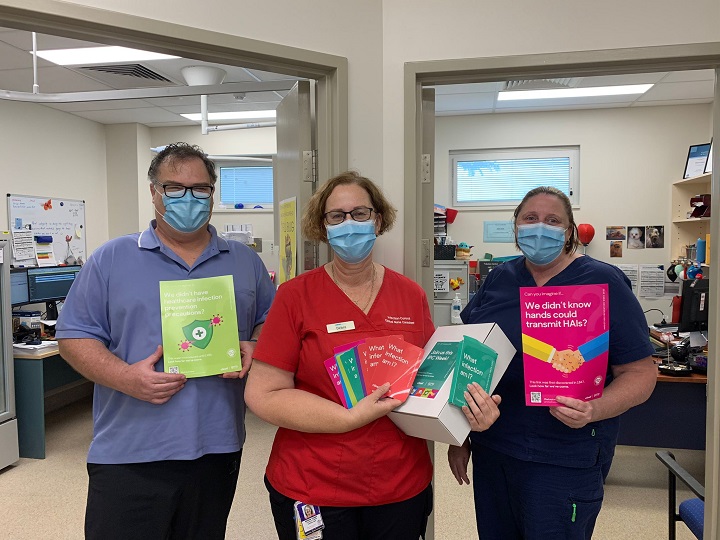
The COVID-19 pandemic saw widespread and sometimes confusing use of terms such as airborne, aerosol and droplets, by the media and industry, to refer to the size of infectious particles. The new WHO definitions make things simpler by removing size as an issue, experts say.
The new language refers to “transmission through the air” when infectious germs have become airborne and spread. These germs might travel through the air directly from one person to another or might hang around in the air for several hours.
There are two subcategories to transmission through the air.
“Airborne transmission” refers to infectious respiratory particles that can spread through the air, by means of coughing, sneezing or breathing, and be inhaled into the respiratory tract of another person. This sort of transmission can occur over a reasonably wide distance.
The second category “direct deposition” refers to when infectious respiratory particles are expelled into the air by one person and directly land on another person’s mouth, nose or eyes, potentially causing infection. This kind of transmission tends to occur over a smaller distance.
“The new terms should help prevent the confusion and miscommunication the industry previously experienced with terms that were based on the size of particles such as airborne versus aerosol versus droplets,” ISSA senior director Dr. Gavin Macgregor-Skinner said.
Virginia Tech environmental engineer Linsey Marr was a member of the advisory group behind the new definitions and said the changes were mainly to do with making it easier to talk about infection control.
“For communication with the public, the biggest thing that comes out of this is now we can say the word airborne,” Marr told Stat News. “Before, public health officials were tiptoeing around that word and people didn’t understand why.”
This change in language reflects an intense debate during the COVID-19 pandemic about exactly which viruses should be classed as airborne.
Distinguished Professor Lidia Morawska, an aerosol scientist at the Queensland University of Technology, said that while removing the distinction of size between droplets and particles was a positive step, the sub-division between airborne and direct deposition was unnecessary.
“There’s no evidence that direct deposition is a significant mode of transmission,” Professor Morawska said. “Airborne transmission is the most significant, so this division has the potential to confuse people.”
Keeping things simpler around defining airborne transmission would allow industry to focus on mechanisms to improve indoor air quality (IAQ), she said.
“If we’re just thinking about transmission at an indoor range, this has implications in terms of the need for ventilation and the direction of the airflow and so on.”
These new definitions are to be used broadly under a global consensus. WHO has obtained agreements from the US Centres for Disease Control and Prevention, as well as its overseas counterparts, to adopt the same definitions. As yet, there are no new recommendations for disease prevention based around the new language.
Those working in the cleaning industry should note that WHO’s contact transmission definitions remain unchanged. “Contact transmission” is still defined as the spread of infection through “indirect contact”, where germs are transmitted via a contaminated surface, and “direct contact” where germs are passed by touch from one person to another.
National Organisation of Remediators and Microbial Inspectors (NORMI) executive director Doug Hoffman said the new definitions were a step in the right direction to help make sure cleaning professionals are ready to act effectively on infection control and indoor IAQ.
“During the pandemic, NORMI created a half-day course to help professionals better understand the difference between airborne transmission and direct deposition,” Hoffman said.
“We knew that being on a surface allows any microbe, including the virus, to remain viable much longer than when transmitted in a droplet. A well-trained IAQ professional must evaluate both surface and air contaminants so they can develop a protocol that addresses both.”
Image by Fusion Medical Animation (Unsplash).







